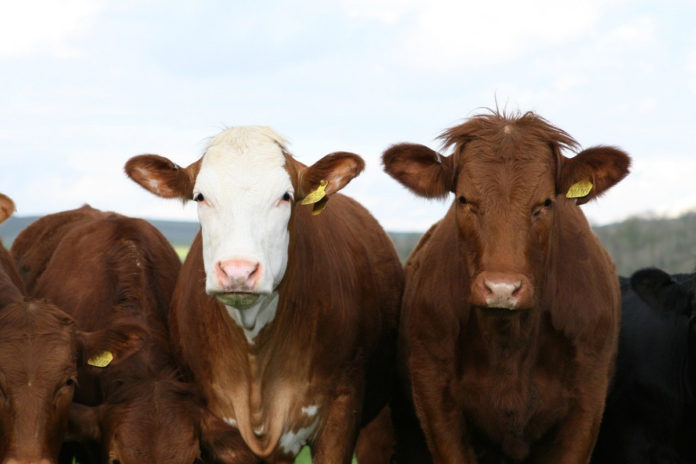The winter period is a time where expenses rise dramatically, and returns can be variable at best.
In most cases, stores will be housed at this stage with the target of slaughtering in 70-120 days depending on the category of stock to be slaughtered.
Alan Dillon, Teagasc cattle specialist, has compiled this article.
Heifers and early maturing breeds should be able to achieve a relatively quick finish of around 60-80 days provided nutrition is adequate and environmental factors are adequate.
Continental and dairy-bred steers will need possibly a longer period of up to 120 days to achieve adequate fat cover.
Again, this depends on a variety of factors such as age at time of housing, whether the animal was in the process of laying down fat at grass prior to housing and the genetic make-up of the animal.
Steers and heifers with more extreme continental genetics will tend to be more muscular and will take longer to achieve adequate fat cover.
Weighing cattle
The importance of weighing finishing cattle regularly over the winter period can’t be stated enough.
A typical 600 kg steer eating 11.4 kg DM/head/day would require in the region of 7kg of meal and in the region of 25kg of silage fresh weight.
The cost of this taking meal at €250/tonne and silage at €25/tonne would be €2.38 per day. To cover costs on this level of feeding would require an R grade continental steer killing out at 54% to gain in the region of 1.15kg per day at current beef prices.
Table 1. Target weight gains for winter finishing cattle
| Daily weight gain targets (kg) | Bulls | Steers | Females |
| Suckler-beef (Silage & meal) | 1.15-1.35 | 0.9-1.1 | 0.8-1.0 |
| Dairy beef (Silage & meal) | 1.05-1.25 | 0.8-1.0 |
While this level of thrive should be easily achieved in continental steers, there are many farms where this is not achieved. This may be due to poor quality silage or unsuitable meal formulations, health issues or even feeding practices.
Weighing cattle every 4-5 weeks takes the guesswork out of this. It can identify finishing cattle that are not hitting targets.
It is quite common to see an odd finishing steer or heifer in a pen achieving very little weight gain in comparison to their comrades and remedial action may need to be taken to rectify this.
Weighing scales were eligible under TAMS 2 and cost in the region of €1500-€2000 to purchase – depending on spec. ICBF also have a weighing service available with technicians calling to your farm to weigh stock.
Once cattle come near their target finishing weight, fat cover must be assessed to ensure they qualify for the Bord Bia QPS payment.
This has become more significant since last autumn when the payment rate was increased to 20 cent/kg for in-spec cattle with a new bonus of 12 cent now available for cattle grading O- or with a fat score of 4+.
Cattle must be under 30 months to qualify for this although an 8-cent bonus is available for cattle up to 36 months of age that meet the original QPS criteria.
The difference between a steer which meets the QPS payment versus one that does not is significant.
Table 2. Value (€) of hitting specs on QPS grid
| Steer | Weight (KG) | Base price (€) | Grade | QPS (cent) | Value (€) |
| In-spec (20C) | 350 | 3.65 | R=3+ | 20 | 1,348 |
| In-spec (20C) | 350 | 3.65 | R=4+ | 12 | 1,319 |
| Not in-spec | 350 | 3.65 | R=2- | 0 | 1,277 |
Table 2 shows a €71 difference between a steer in spec versus once out-of-spec that has an adequate fat score.
If a farmer finishing 100 steers has 10% falling out-of-spec, this equates to €710 given away annually in what is a tight margin business.
If you are unsure yourself of your ability to judge the fat score of a finished animal, contact a processor agent or someone local who can judge them for you. A mistake at this end can be costly.





